Blue-eyed Grass
- October 17, 2023
- 0 comment
Blue-eyed Grass, scientifically known as Sisyrinchium angustifolium, is a captivating wildflower native to North America, particularly the eastern regions. Despite its name, it isn’t a grass but belongs to the iris family, Iridaceae. This perennial beauty is characterized by its slender, grass-like foliage and striking blue-to-violet star-shaped flowers, each sporting a vivid yellow center that resembles a captivating ‘blue eye.’

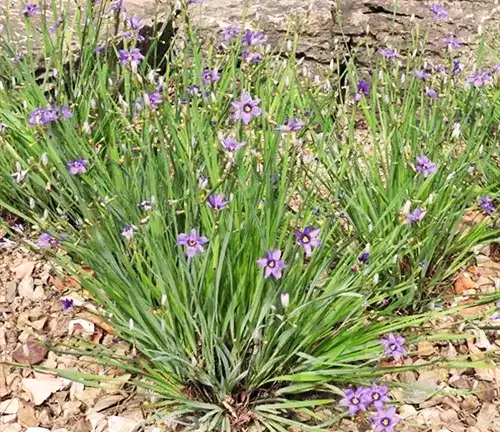
Growing to heights of about 12 to 18 inches, Blue-eyed Grass graces a variety of habitats, from meadows to woodlands and open fields. Known for its resilience and adaptability, it can thrive in a range of soil types and climatic conditions, making it a popular choice for gardeners and wildflower enthusiasts alike. Its charming appearance and its role as a magnet for pollinators, including bees and butterflies, make Sisyrinchium angustifolium a cherished addition to both formal gardens and natural landscapes, adding a touch of enchantment to any setting.
| Characteristics | Description |
| Scientific Name | Sisyrinchium angustifolium |
| Common Name | Blue-eyed Grass |
| Family | Iridaceae |
| Height | 12 to 18 inches |
| Foliage | Grass-like, slender leaves |
| Flower Color | Blue to violet with a yellow center |
| Bloom Time | Spring to early summer |
| Native Range | Eastern North America |
| Habitat | Meadows, woodlands, open fields |
| Soil Type | Adaptable, but prefers well-draining soil |
| Climate | Tolerant of various climatic conditions |
| Lifespan | Perennial |
| Attracts | Bees, butterflies, and other pollinators |
| Uses | Ornamental gardens, natural landscapes |
| Notable Feature | Resembles a blue ‘eye’ in the flower’s center |
Botanical Beauty of “Blue-eyed Grass”
In the enchanting world of wildflowers, few are as captivating as the Blue-eyed Grass (Sisyrinchium angustifolium). Despite its name, this perennial wonder is not a grass at all but a member of the Iridaceae family, and it graces the landscape with its dainty, iris-like appearance. With slender, grass-like foliage and striking blue to violet star-shaped flowers, each adorned with a vibrant yellow or white center that resembles a ‘blue eye,’ Blue-eyed Grass is a botanical masterpiece. Let’s delve into the botanical beauty and other fascinating aspects of this lovely wildflower.
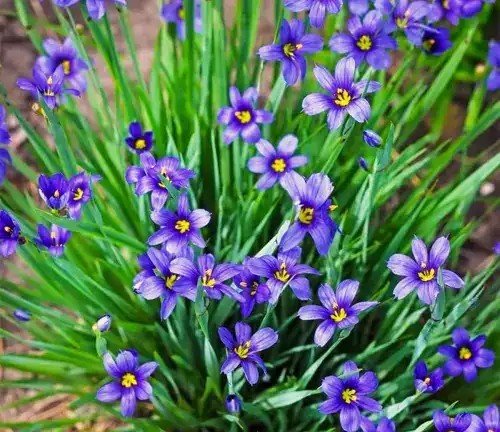
Woodland Elegance
Blue-eyed Grass possesses an inherent elegance that makes it a standout in woodland settings. It thrives in various natural habitats, from open meadows to shaded woodlands, adding a touch of grace and charm to these environments. Its slender stems, typically growing to heights of 12 to 18 inches, seem to dance in the dappled sunlight, creating a woodland tapestry that is nothing short of breathtaking.
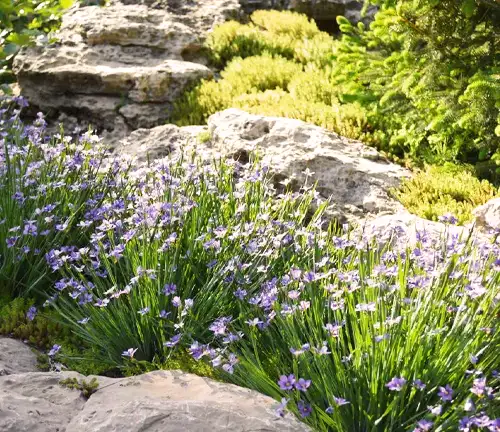
Ecological Importance
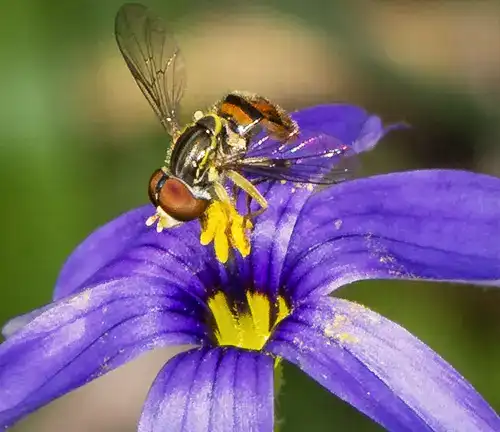
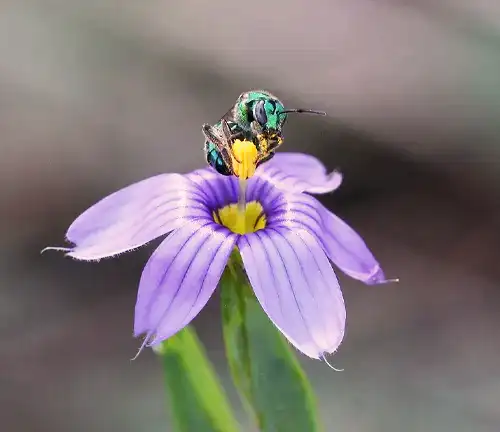
Beyond its aesthetic appeal, Blue-eyed Grass plays a vital role in the ecosystem. It serves as a nectar source for pollinators such as bees and butterflies, contributing to the biodiversity of its native regions. As pollinators visit these exquisite blooms, they aid in the fertilization and propagation of other plant species, further enhancing the ecological web of life.
Cultivation and Conservation
Blue-eyed Grass is a hardy and adaptable plant, making it a favorite among gardeners and conservationists alike. It thrives in various soil types and climatic conditions, making it a versatile addition to gardens. However, due to habitat loss and urban development, some native populations of Blue-eyed Grass face threats, underscoring the importance of its conservation efforts.
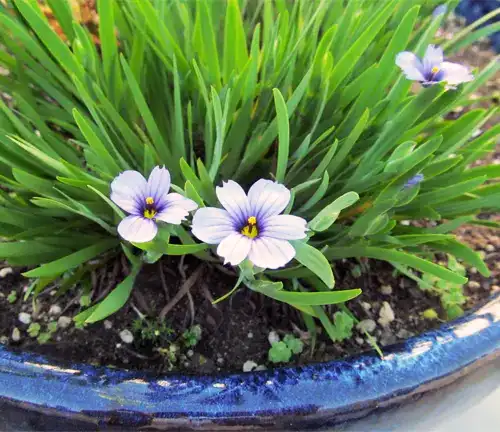
Fragrance
One of the delightful surprises that Blue-eyed Grass offers is its subtle, sweet fragrance. Although not as overpowering as some ornamental flowers, a gentle breeze through a patch of Blue-eyed Grass can release a delicate scent that enhances the sensory experience of a garden or natural landscape.
Soil Stabilization
This wildflower is not just a pretty face; it also plays a role in soil stabilization. The dense root system of Blue-eyed Grass helps prevent soil erosion, making it a valuable addition to areas with loose or vulnerable soil. This characteristic further highlights its importance in both cultivated and natural landscapes.
Common Uses
Blue-eyed Grass is a favorite among gardeners, who often incorporate it into perennial borders, rock gardens, and even containers. Its adaptability to different soil types and its low maintenance requirements make it an attractive choice for garden enthusiasts. It’s equally cherished in its natural habitat, enhancing the aesthetics of meadows and woodlands.
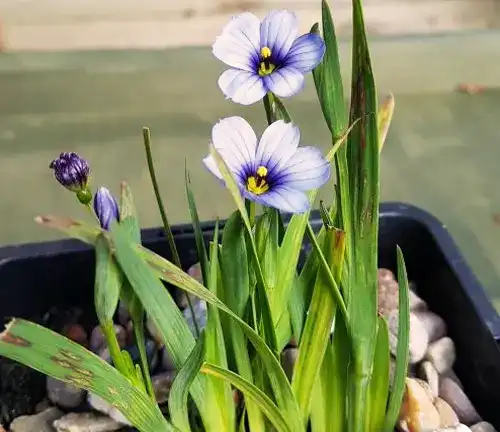
Benefits
The benefits of Blue-eyed Grass are numerous and varied. From its ornamental uses in gardens to its role in supporting pollinators and contributing to soil stabilization, this wildflower is a true gift of nature. It not only brings beauty to our surroundings but also provides ecological and practical advantages, underscoring the importance of preserving and appreciating the botanical beauty of Blue-eyed Grass. Whether you’re a gardener, a nature lover, or an advocate for conservation, this charming wildflower offers a compelling reason to celebrate the wonders of the natural world..
Different Species
Sisyrinchium angustifolium
This is the most common species and is native to eastern North America. It’s known for its vibrant blue-to-violet flowers with a yellow center.
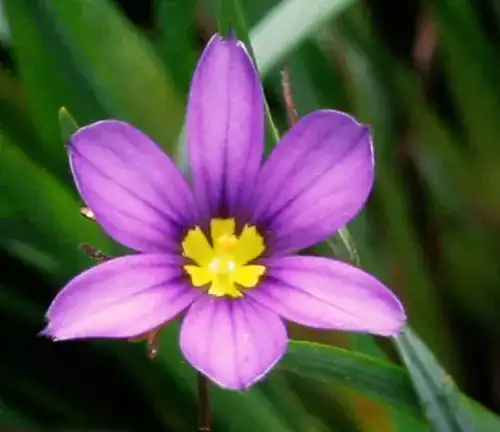
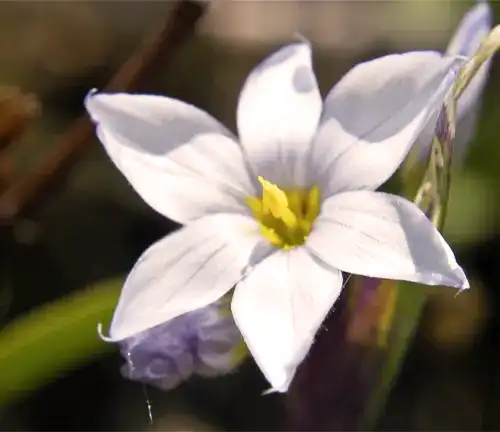
Sisyrinchium albidum
Found in various parts of North America, this species features white flowers with a yellow or pale center, giving it a distinct appearance.
Sisyrinchium bellum
Also known as the Western Blue-eyed Grass, it is native to western North America and features striking blue to lavender flowers.
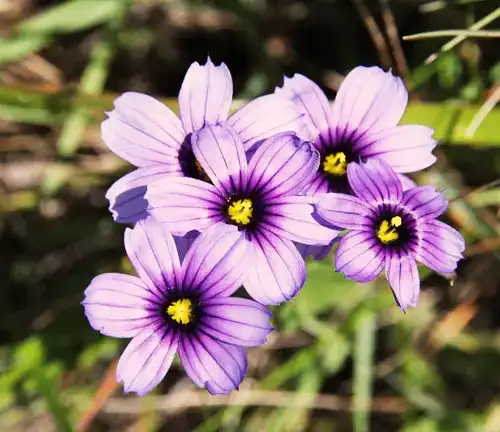
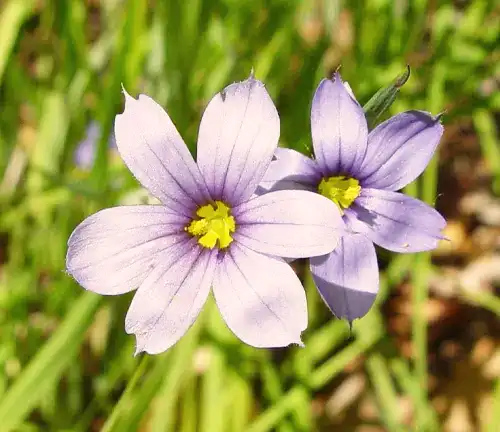
Sisyrinchium montanum
Native to the western United States and Canada, this species displays deep blue or purple flowers and is often found in mountainous regions.
Sisyrinchium californicum
This species is native to California and is known for its bright yellow flowers, which stand out among other Blue-eyed Grass species.
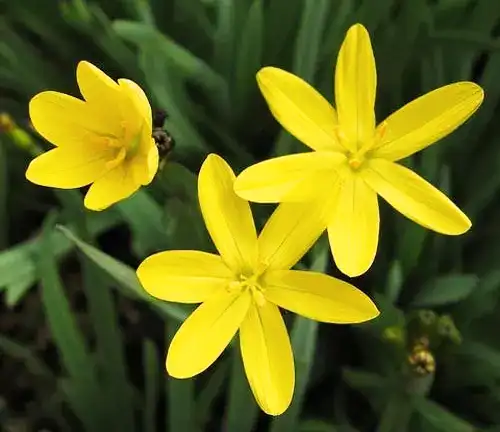
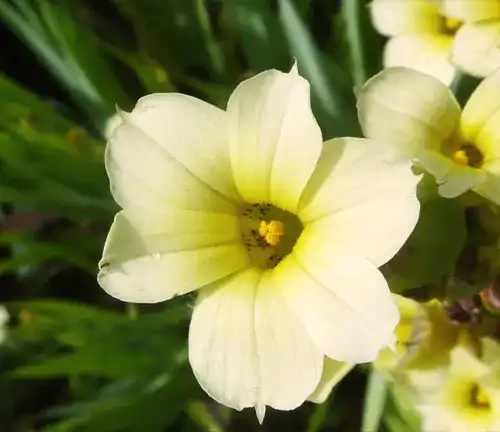
Sisyrinchium striatum
Native to South America, this species has pale lavender to white flowers and is often grown as an ornamental plant.
Sisyrinchium macrocarpum
Found in South America, this species is known for its larger flowers, typically violet-blue or lavender in color.
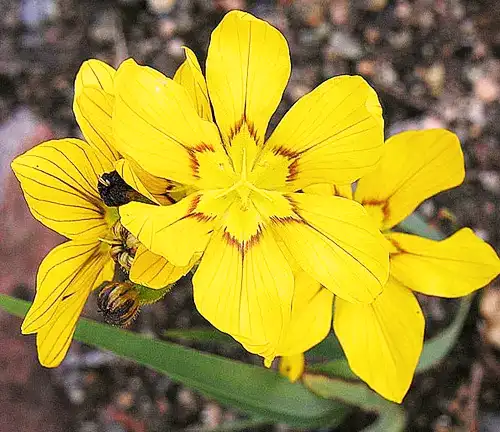
Frequently Asked Questions (FAQs)
- What is Blue-eyed Grass?
Blue-eyed Grass (Sisyrinchium) is a small, perennial wildflower that belongs to the iris family, Iridaceae. Despite its name, it is not a grass but a member of the iris family. It is known for its distinctive blue to violet star-shaped flowers with a bright yellow or white center. - Where is Blue-eyed Grass native to?
Blue-eyed Grass is native to various regions in North and South America, with different species found in different areas. Some species are widespread across eastern and western parts of North America, while others are specific to certain states or regions. - Is Blue-eyed Grass easy to grow in gardens?
Yes, Blue-eyed Grass is generally easy to grow in gardens. It’s a hardy and adaptable plant, suitable for a variety of soil types and climatic conditions. It’s often used in rock gardens, perennial borders, and natural landscapes. - What are the different species of Blue-eyed Grass?
There are several species of Blue-eyed Grass, with varying flower colors and distribution. Common species include Sisyrinchium angustifolium, Sisyrinchium albidum, Sisyrinchium bellum, and more. - When does Blue-eyed Grass bloom?
Blue-eyed Grass typically blooms in the spring to early summer, depending on the species and local climate. The vibrant blooms can last for several weeks, adding a burst of color to gardens and natural areas. - How do I care for Blue-eyed Grass in my garden?
Blue-eyed Grass is a low-maintenance plant. It prefers well-draining soil and can tolerate both full sun and partial shade. Regular watering is needed, especially during dry spells. It’s a good idea to divide the plants every few years to maintain their vigor. - Does Blue-eyed Grass have any fragrance?
Blue-eyed Grass does have a subtle, sweet fragrance, which can be appreciated when there is a gentle breeze in the garden. While not as strong as some other ornamental flowers, it adds to the overall sensory experience. - Is Blue-eyed Grass important for pollinators?
Yes, Blue-eyed Grass serves as a nectar source for pollinators like bees and butterflies. By attracting these beneficial insects, it plays a role in supporting local ecosystems and biodiversity. - Are there any conservation concerns related to Blue-eyed Grass?
Some native populations of Blue-eyed Grass are threatened due to habitat loss and urban development. Conservation efforts are important to protect these wildflowers and their natural habitats. - Can Blue-eyed Grass be used for soil stabilization?
Yes, the dense root system of Blue-eyed Grass helps prevent soil erosion, making it a valuable addition to areas with loose or vulnerable soil.


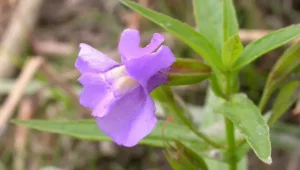
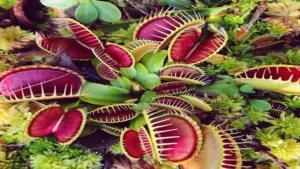


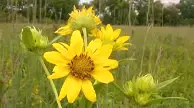
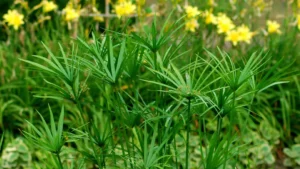
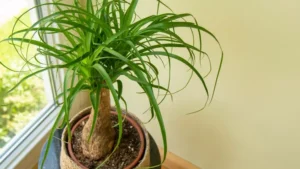

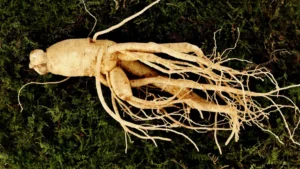
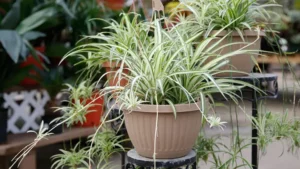
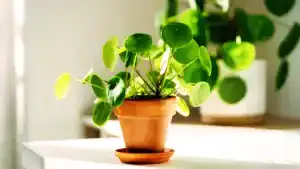
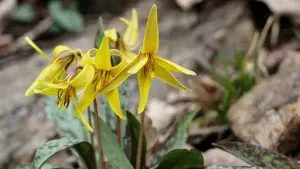
Leave your comment